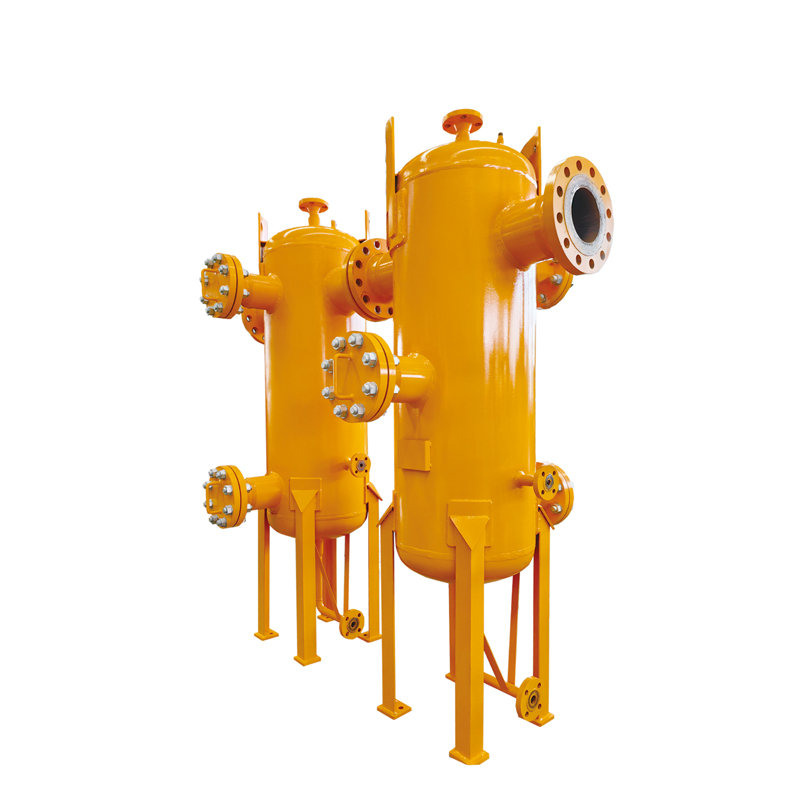
9 月 . 19, 2024 03:54
Back to list
gas pressure reducing valve
Understanding Gas Pressure Reducing Valves
Gas pressure reducing valves (PRVs) play a pivotal role in various industrial and residential applications, ensuring that gas is delivered at a safe and usable pressure. These valves are essential in managing the flow and pressure of gas from a high-pressure source to a lower, more manageable level, which is crucial for the safe operation of appliances and systems that rely on gas.
The primary function of a gas pressure reducing valve is to reduce the pressure of incoming gas to a predetermined level that is suitable for the equipment downstream. High-pressure gas can be dangerous, potentially leading to equipment failure, leaks, or even explosions if not properly regulated. Therefore, PRVs are designed to maintain a consistent output pressure, regardless of fluctuations in the inlet pressure or changes in gas demand.
Typically constructed from durable materials such as brass or stainless steel, PRVs are built to withstand high pressures and varying environmental conditions. They are often equipped with a diaphragm or piston that adjusts the valve opening in response to changes in output pressure. When the downstream pressure rises above the set point, the valve closes slightly to restrict flow, and when the pressure falls, it opens to allow more gas through. This self-regulating mechanism ensures stability and safety in gas delivery systems.
gas pressure reducing valve

In addition to their primary function, gas pressure reducing valves also incorporate safety features. Many models come with integrated relief valves that discharge excess gas if the pressure exceeds a certain threshold. This is a critical feature, as it protects both the valve and the connected appliances from damage due to overpressure situations.
Installation and maintenance of PRVs must be carried out by qualified professionals, as incorrect setup can lead to serious safety hazards. Regular inspections are recommended to identify wear and tear, ensuring the valve continues to operate effectively and safely.
In summary, gas pressure reducing valves are indispensable components in the safe and efficient use of gas. Their ability to decrease and control pressure is vital for a wide range of applications, from residential heating systems to large industrial processes. By maintaining a consistent pressure, these valves safeguard both equipment and personnel, highlighting their importance in gas distribution networks. Understanding their operation and significance can help users appreciate the critical role they play in safety and efficiency.
Latest news
-
Unlocking The Quality Gas Pressure ReducersNewsNov.01,2024
-
The Role of Gas Pressure Reducing StationsNewsNov.01,2024
-
The Importance and Functionality of Safety Relief ValvesNewsNov.01,2024
-
The Essential Role of Safety Valves in Natural Gas ApplicationsNewsNov.01,2024
-
The Essential Role of Gas Pressure RegulatorsNewsNov.01,2024
-
Enhance Your Premium Gas FiltersNewsNov.01,2024

